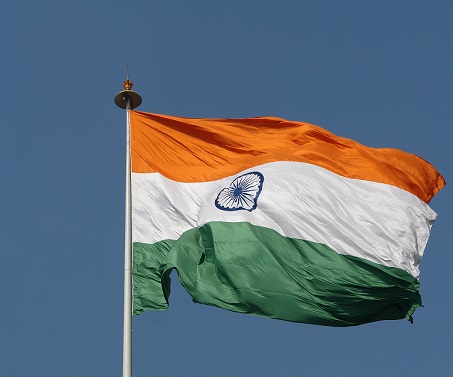
NEW DELHI (PTI): As it prepares for Moon and Mars missions, ISRO is planning to hive off production of communication satellites and polar satellite launch vehicles (PSLV) to the industry.
The space agency is keen to focus on unique science projects, develop remote sensing satellites and do more R&D instead of engaging in the repetitive exercise of building communication satellites and launch vehicles.
"We want to explore the possibility of 'producing' PSLV and communication satellites through the industry," Dr. K Radhakrishnan, Chairman of Indian Space Research Organisation (ISRO) told PTI in an interview here.
The ISRO and its commercial arm Antrix Corporation have called for a meeting with the industry in September in Bangalore for a dialogue on the proposal and identify different work models.
"We want to find out what models could work out and evolve a plan. There is lot of repetition in building communication satellites," he said.
The industry participation in development of communication satellites is up to 80 per cent. If satellites and launch vehicles can be produced by industry players, ISRO scientists will be able to concentrate on research-oriented activities, and have greater involvement of academic institutions.
On plans for the immediate future, Radhakrishnan said ISRO was developing powerful satellites which can have more number of transponders required for a slew of applications ranging from tele-medicine to DTH services.
Radhakrishnan said the recently launched GSAT-8 was a 6,000 Watt satellite and ISRO was developing a 8,000 Watt GSAT-11 which would be ready in the next two years.
"In five years time, we aim to develop a 10,000 Watt communication satellite which can accommodate 60-70 transponders," he said. GSAT-8 has 24 transponders.
The 10,000 watt satellite will also have the next generation high frequency Ka-band transponders.
ISRO has come a long way since the 1981 launch of its first Geo-Stationary Satellite 'APPLE' which had two transponder and a mission life of two years.
On the targets for this year, Radhakrishnan said ISRO will launch the heaviest foreign satellite -- the French-made SPOT-6 -- in August. This will be followed by Indo-French satellite SARAL for monitoring the environment.
Alongside, ISRO has planned key ground tests for its indigenously developed cryogenic engine for the Geosynchronous Satellite Launch Vehicle (GSLV).
It includes a 1,000-second endurance test for the cryogenic stage and ignition of the cryogenic engine in vacuum. "Success of these tests is a pre-condition for the December launch of the GSLV," Radhakrishnan said.
The delay in developing the GSLV means a delay in India's much touted sequel to the Chandrayaan-I moon mission. ISRO plans to land a rover on the lunar surface to study the earth's only natural satellite.
"Two successful GSLV flights are necessary before the launch of Chandrayaan-II. We do not want to take any chances," Radhakrishnan said.
This also means putting off the Mars mission at a later opportunity. Earlier, ISRO was eyeing November, 2013 for launching its mission to Mars.
"We have three opportunities --- 2013, 2016 and 2018. So, we will come to Mars after sometime," Radhakrishnan said.
 Previous Article
Previous Article Next Article
Next Article












The Indian Air Force, in its flight trials evaluation report submitted before the Defence Ministry l..
view articleAn insight into the Medium Multi-Role Combat Aircraft competition...
view articleSky enthusiasts can now spot the International Space Station (ISS) commanded by Indian-American astr..
view article